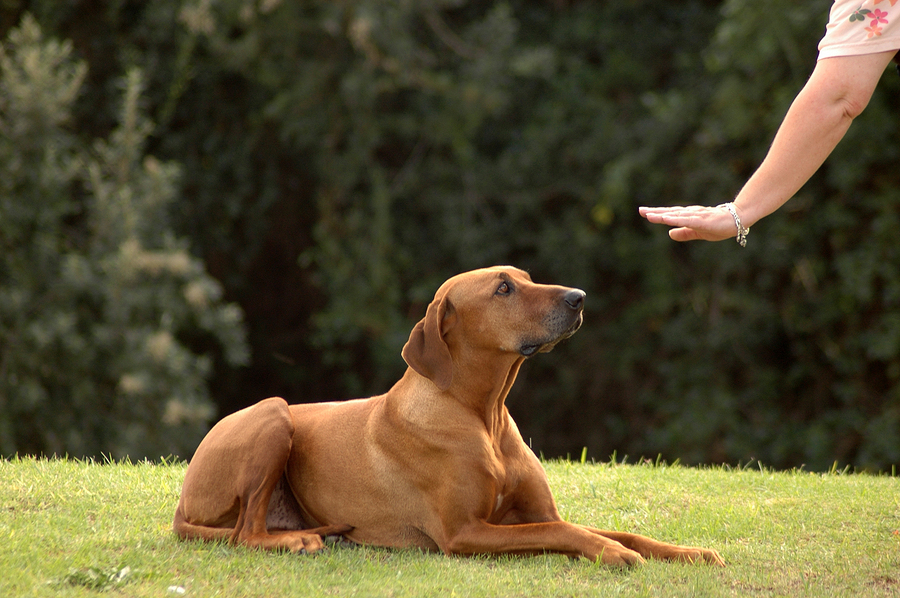I am often asked how long it took to train my dog. I like it best when I am asked this question when I am walking Sky, who will be 14 in November, because my answer is always the same: We’re still working on it.
Pet owners often like to think of training as, say, six weeks in class learning basic cues or four or five weeks with a private trainer, solving problems and learning to come, sit, lie down, stay, and heel when asked. But at 82 (perhaps 83 by the time you read this), I find that I am still curious, still hungry to master new things, still planning to see more of the world and perhaps learn a new language or, at least, American Sign Language, still hoping to catch up with Millennials when it comes to understanding my computer, phone, and iPad. I know I won’t achieve all my goals, but I am happy to have them and to work on them. I think my dogs feel the same way. Young (one’s not yet a year and a half) and old (nearly 14, to repeat myself, which old people tend to do), they are both ready to tweak the rules of the games we play, learn new words and hand signals, learn new things that become necessary on the spot and that we had no way of predicting. Yes, old dogs can and should learn new tricks and yes, learning should be lifelong.
Some learning takes cues from a dog’s developmental stage. Is your pup mature enough to be reliably housetrained? At three months old, he cannot go more than a few hours without relieving himself, so that must be taken into account in any training program. During adolescence, he may seem to have forgotten everything ever taught him. Remember yourself as a teen and it all becomes clear. If he’s protective at five or six months old, he will be overprotective when he’s an adult. If you want to teach him to run alongside you or alongside your bike, you need to wait until he’s about one and a half. Check with your veterinarian to be sure. A young dog, not fully physically developed, should always have the chance to stop and rest on his own when exercising, as dogs will do when they play with each other. And old dogs, like Sky, often must learn a new way to play, one that, in Sky’s case, eliminates the pounce when she retrieves a ball because now there’s arthritis in her wrists.
Throughout your dog’s life, what he does may need to be tweaked and that means he gets to keep on learning. Suppose your dog has a job as a therapy dog. Even after he has been working for years, you might come across someone who requires a different approach and your dog might need a quick lesson in how to greet. Once, after a talk at a nursing home, I was asked to meet someone who hadn’t joined the group to watch my Golden Retriever, Oliver, demonstrate what a dog can learn to do. I didn’t understand why this person hadn’t attended until I saw him. He was in a wheelchair and I could see that he was blind. I was then told that he couldn’t hear, either. I wanted Ollie to lay his head in this man’s lap. He didn’t know “walk up.” I didn’t start teaching that until I had my first Border Collie. So I taught it on the spot, standing in front of him and backing up a step at a time while saying to Ollie, “Walk up, good boy.” Next I pretended to pat the man’s lap and Ollie caught on and plopped his big head exactly where I hoped he would, his tail wagging so hard his whole body was wiggling. Two hands came forward and landed on Ollie’s head and I got to see sadness turn to absolute joy. It made my day and it made Ollie’s day, too.
Sometimes lifelong learning means a little tweak here and there on what the dog already knows. At other times, more is expected: learning the name of a new family member, fetching items you’d have trouble fetching for yourself, or finding things that somehow got misplaced. An old dog might have to learn to use steps to get up on the bed or a ramp to get into your van. By playing games and tweaking the rules, by teaching new words, new hand signals, whistle signals, and whatever else you can think of that’s useful and that’s fun, you’ll be addressing your dog’s most important organ – his brain – and keeping it active and alive with lifelong learning.
This article was reviewed/edited by board-certified veterinary behaviorist Dr. Kenneth Martin and/or veterinary technician specialist in behavior Debbie Martin, LVT.








